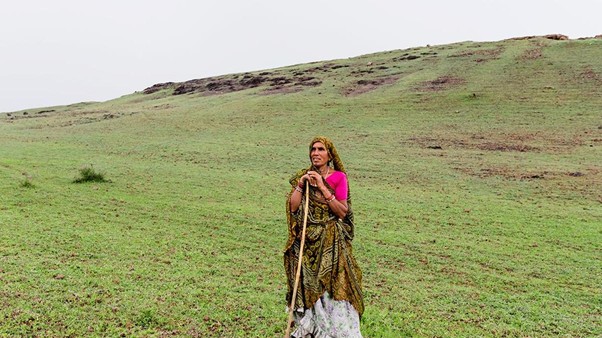




Disclaimer: Copyright infringement not intended.
A new species of frog Leptobrachium aryatium has been officially recognized after a 21-year-long scientific investigation.
Initially misidentified as Leptobrachium smithi in 2004.
It has now been confirmed as a distinct species through detailed morphological, genetic and bioacoustic studies.
Garbhanga Reserve Forest located on the southwestern fringe of Guwahati.
The region borders Meghalaya and lies adjacent to Deepor Beel, a Ramsar wetland site.
The discovery area is part of the Garbhanga-Rani-Deepar Beel Elephant Corridor, a critical zone for wildlife movement and biodiversity conservation.
|
Feature |
Description |
|
Naming Inspiration |
Named after Arya Vidyapeeth College, Guwahati |
|
Morphology |
Stocky body, broad head, short hind limbs |
|
Eye Color |
Fiery orange-and-black (strikingly distinct) |
|
Throat Pattern |
Reticulated (net-like appearance) |
|
Call Behavior |
Rhythmic vocalizations at dusk, identified through bioacoustic study |
The species name aryatium honors Arya Vidyapeeth College recognizing its role in transforming local society from an area associated with liquor brewing to an educational center.
Highlights the interplay between local institutions, community awareness and conservation.
|
Aspect |
Details |
|
Taxonomic Classification |
Kingdom: Animalia Phylum: Chordata Class: Amphibia Order: Anura |
|
Habitat |
Mostly found in moist environments including forests, wetlands and freshwater bodies |
|
Distribution |
Found worldwide except Antarctica |
|
Physical Features |
Smooth or warty skin, long hind legs for jumping, webbed feet, bulging eyes |
|
Breathing |
Dual mode: through lungs and skin (cutaneous respiration) |
|
Reproduction |
External fertilization, eggs laid in water, undergo metamorphosis |
|
Metamorphosis Stages |
Egg → Tadpole → Tadpole with legs → Froglet → Adult Frog |
|
Diet |
Carnivorous – eat insects, worms, small invertebrates |
|
Ecological Role |
Important in controlling insect population; indicator of ecosystem health |
|
Conservation Status |
Many species endangered due to habitat loss, pollution, climate change |
|
Threats |
Deforestation, wetland destruction, pesticide use, chytrid fungus |
|
Special Adaptations |
Camouflage, sticky tongue, vocal sacs (in males), permeable skin |
|
Interesting Fact |
Frogs can absorb water through their skin; many species have unique calls |
Sources:
|
PRACTICE QUESTION Q. Consider the following statements regarding frogs:
Which of the statements given above are correct? A. 1 and 2 only Answer: B. Explanation: Statement 1 is correct – Frogs breathe through both lungs and skin. Statement 2 is incorrect – Frogs mostly reproduce via external fertilization. Statement 3 is correct. Frogs are bioindicators; sensitive to environmental changes. Statement 4 is incorrect. Frogs are not found in Antarctica. |







© 2025 iasgyan. All right reserved